Subtotal: $47.00
Powerful Strategies to Improve Client Rapport & Cultural Competence by Lambers Fisher
$219.99 $62.00
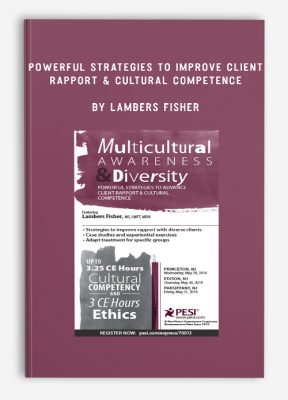
Powerful Strategies to Improve Client Rapport & Cultural Competence by Lambers Fisher
**More information:
Get Powerful Strategies to Improve Client Rapport & Cultural Competence at Salaedu.com
Description
- Strategies to improve rapport with diverse clients
- Case studies and experiential exercises
- Adapt treatment for specific groups
Too often, therapists feel paralyzed by the fear that they don’t know enough about other cultures to try to counsel clients different than themselves.
Watch this recording and reduce those fears by increasing your understanding of cultural experiences with which you are not personally or professionally familiar.
Without learning multiple languages or becoming an expert on every possible culture, you can become more culturally competent and feel more confident in your ability to counsel any client from any culture. Beyond ethnicity, you will also explore issues of age, gender, sexuality, religion, acculturation, and social justice, as well as opportunities to strengthen your own cultural self-awareness.
Join Lambers Fisher, MS, LMFT, MDIV, for this adventure into the world of cultural competency. Take away immediately applicable and practical strategies to:
- Improve assessment
- Avoid ethical dilemmas
- Overcome fears
- Reduce unintentional cultural offense
- Build significant therapeutic rapport
- Help clients of any cultural background make meaningful change in their lives
You may just want to watch this recording to receive 6 hours of cultural competency including 3 hours of ethics. You will leave with so much more! This highly engaging and encouraging seminar will challenge you to learn more about other cultures, accept what you do not yet know in the process, and utilize therapeutic strategies that can help you be effective along the journey toward becoming an increasingly culturally competent therapist.
Gain a reputation for being the premier therapist in your community for working with diverse clients!
Cultural Competencies in Mental Health
- Client-centered approach to cultural competence
- Trends in cultural identity development
- Acknowledge cultural differences: terms of reference, racism and stereotypes
- Improve client rapport
- Make cultural connections
- Acquire knowledge & skills
- View behavior within a cultural context
- Exercise: Cultural Self-Assessment
Ethics & the DSM-5®: Guidelines for the Integration of Cultural Competencies
- Cross-cultural variations in presentations
- Cultural genograms
- Assessments and diagnostic protocols
- DSM-5® Cultural Formulation
- Ethical standards for culturally competent practice
- Cultural perspectives on therapeutic authority
- Referring without abandoning
- Effective self-disclosure
- Advocacy and social justice
- Exercise: Cultural Formulation Interview
Overcome Dilemmas in Practice
- Working with limited English proficiency and bi/multilingual clients
- When to use an interpreter
- Strategies for working with cultural transference and counter transference
- Avoiding and addressing unintentional cultural offenses toward clients
- Empathizing with victims as well as accused perpetrators of social injustice
Interventions & Strategies for Specific Populations
- Understand client experiences of sexual identity and gender fluidity
- Strategies for supporting clients when therapist’s and client’s religious beliefs conflict
- Methods for building rapport with clients with various disabilities
- Adapting therapeutic style to client’s cultural presentation
- Case Examples: Cultural experiences therapists often misunderstand
Overcome Limitations of the Research & Potential Risks
- Limited empirical models
- Lack of professional awareness & confidence
- Changing cultural values, needs & expressions
- Incomplete scope: clients, counselors, supervisors, colleagues & community
More information about Medical:
Medicine is the science and practice of establishing the diagnosis, prognosis, treatment, and prevention of disease.
Medicine encompasses a variety of health care practices evolved to maintain and restore health by the prevention and treatment of illness.
Contemporary medicine applies biomedical sciences, biomedical research, genetics, and medical technology to diagnose, treat, and prevent injury and disease,
typically through pharmaceuticals or surgery, but also through therapies as diverse as psychotherapy, external splints and traction, medical devices, biologics, and ionizing radiation, amongst others.
Medicine has been around for thousands of years, during most of which it was an art (an area of skill and knowledge) frequently having connections to the religious and
philosophical beliefs of local culture. For example, a medicine man would apply herbs and say prayers for healing, or an ancient philosopher and physician would apply bloodletting according to the theories of humorism.
In recent centuries, since the advent of modern science, most medicine has become a combination of art and science (both basic and applied, under the umbrella of medical science).
While stitching technique for sutures is an art learned through practice, the knowledge of what happens at the cellular and molecular level in the tissues being stitched arises through science.
1 review for Powerful Strategies to Improve Client Rapport & Cultural Competence by Lambers Fisher
Add a review Cancel reply
Related products
HEALTH - FITNESS - LIFESTYLE - MEDICAL
HEALTH - FITNESS - LIFESTYLE - MEDICAL
HEALTH - FITNESS - LIFESTYLE - MEDICAL
HEALTH - FITNESS - LIFESTYLE - MEDICAL
HEALTH - FITNESS - LIFESTYLE - MEDICAL
HEALTH - FITNESS - LIFESTYLE - MEDICAL
Complete Certified Professional Coach Online Course from Berry Fowler
HEALTH - FITNESS - LIFESTYLE - MEDICAL
HEALTH - FITNESS - LIFESTYLE - MEDICAL

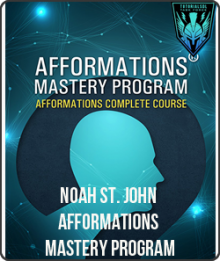 Afformations Mastery Program from Noah St. John
Afformations Mastery Program from Noah St. John 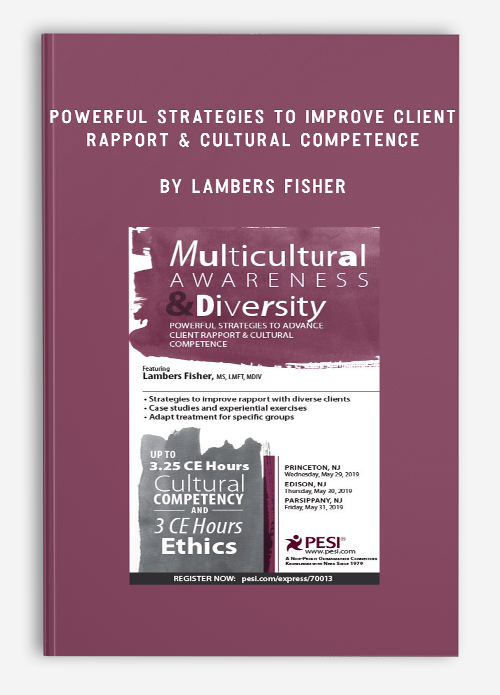
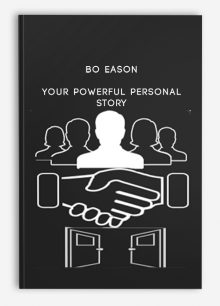





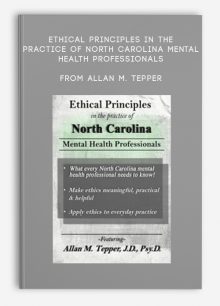
Trevis Trevis –
We create this shop with the mission: Bring the courses to 500 millions of people in the world, to help them awake their power and change their